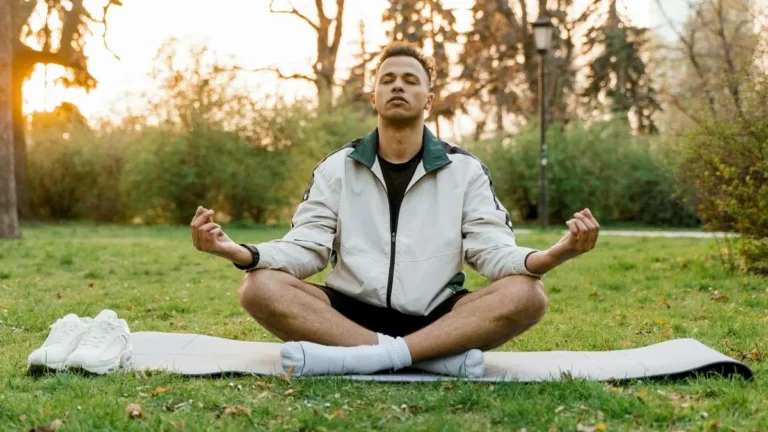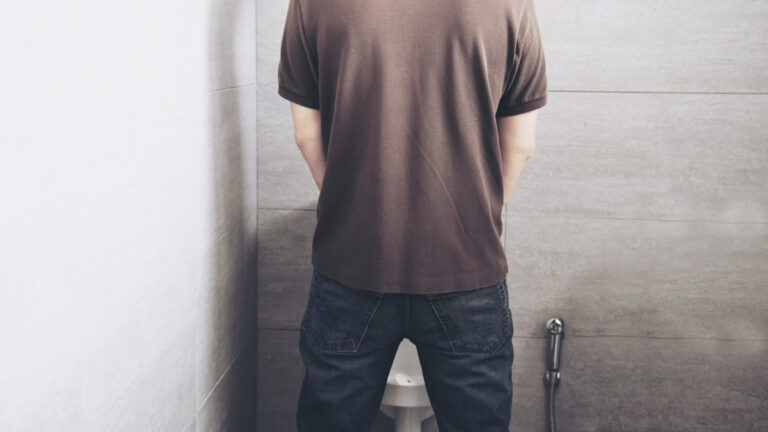Over 40? This Is The #1 Exercise You Should Do Every Day to Fight Back Pain & Slow Aging
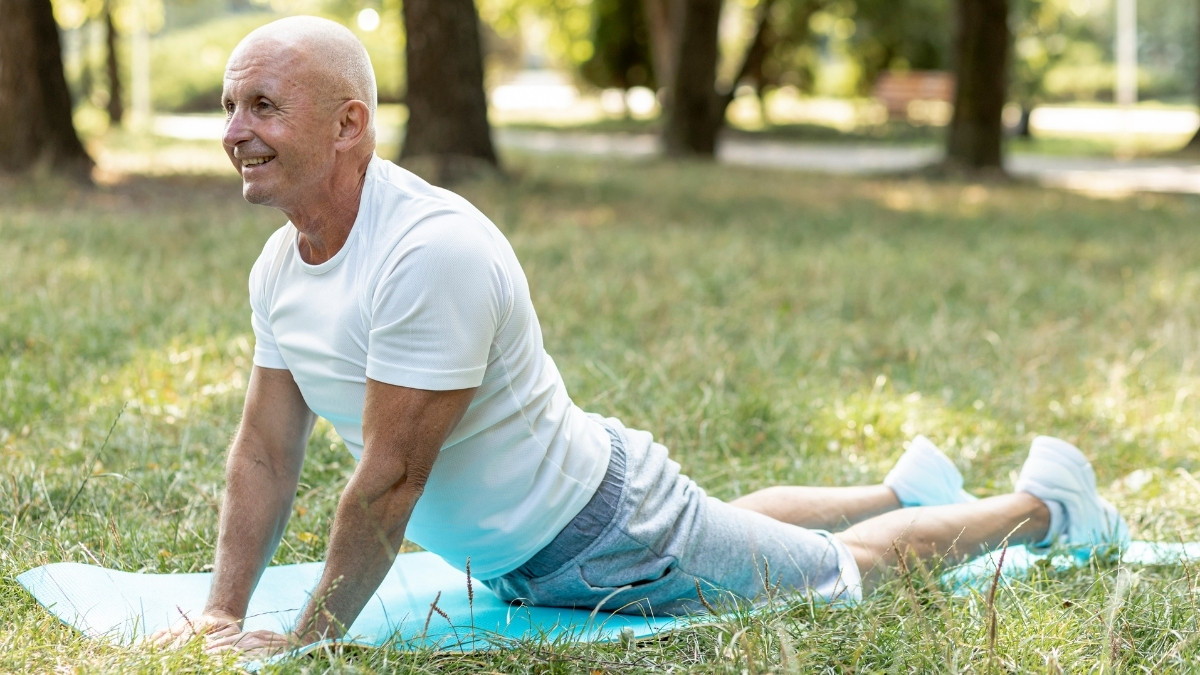
Turning 40 is a milestone that often comes with subtle reminders from our bodies — a stiff back after sitting too long, slower recovery from simple activities, or an ache that wasn’t there before.
While aging is natural, the way we move, or fail to move, plays a huge role in how gracefully we experience these changes. The good news? You don’t need an intense gym routine or complicated equipment to fight back pain and keep your body resilient.
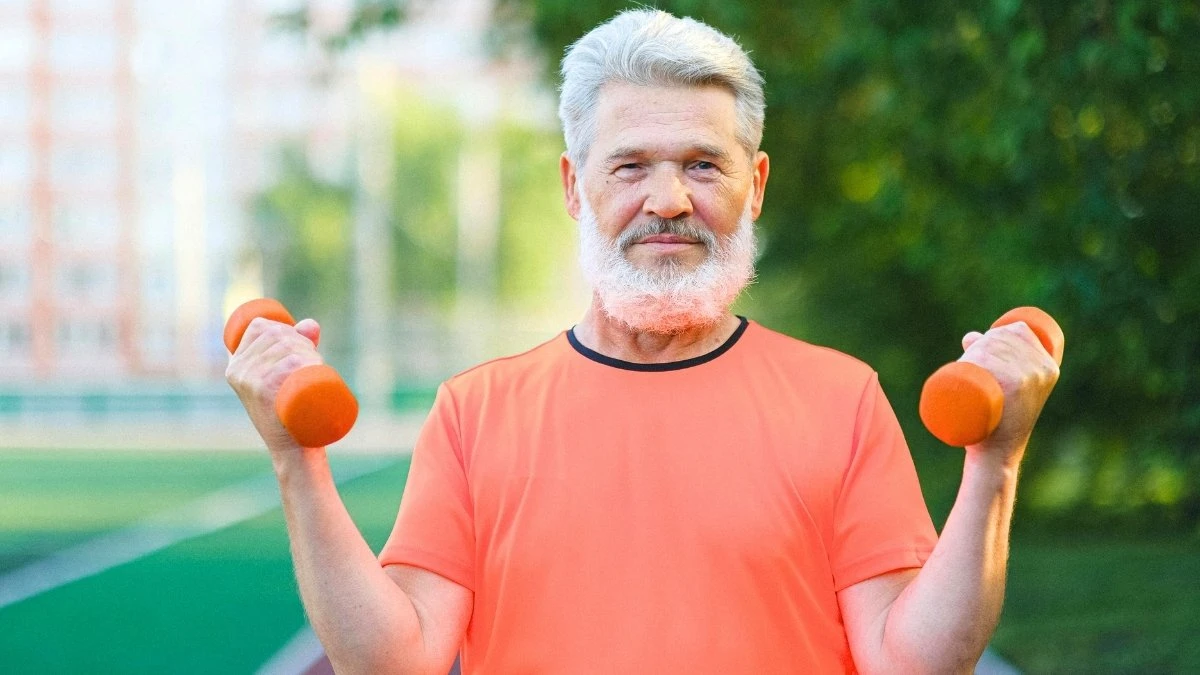
There’s one simple, highly effective exercise you can do every day to protect your spine, strengthen your core, and improve mobility. Practiced consistently, it not only eases discomfort but also helps slow down the effects of aging by keeping muscles engaged and joints flexible. If you’re over 40 and looking to stay active, strong, and pain-free, this exercise is your daily must-do.
The Silent Epidemic: Why Back Pain Becomes Inevitable After 40
Your spine starts losing height as early as age 35, with discs shrinking by up to 1% annually. Muscle mass decreases by 3-8% per decade after 30, weakening the support system around your vertebrae.
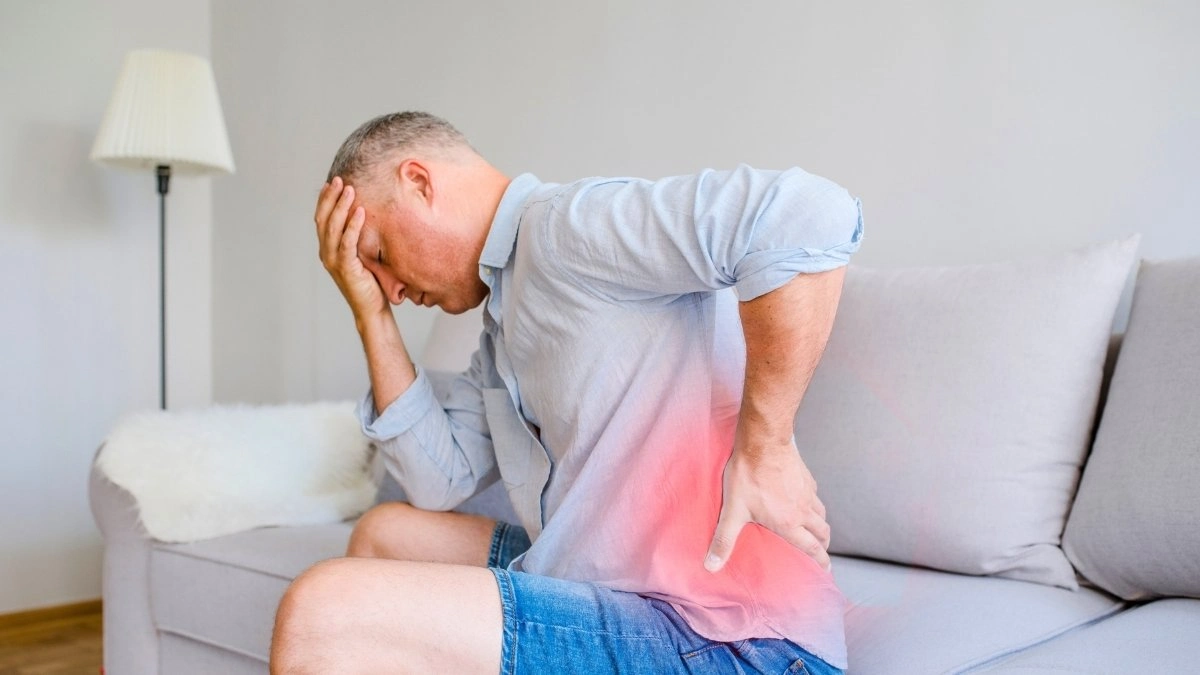
Hours spent hunched over desks create chronic forward head posture, placing 42 pounds of pressure on your neck instead of the normal 10-12 pounds. Deep stabilizing muscles like the multifidus begin to atrophy, leaving your spine vulnerable to injury from simple movements like picking up groceries.
The modern lifestyle compounds these natural changes, creating a cascade effect where minor aches transform into chronic pain patterns that seem impossible to break.
The Science Behind Accelerated Aging and Spinal Health Connection
Poor spinal alignment triggers a domino effect throughout your entire body, accelerating cellular aging at the DNA level. When your spine curves forward, it compresses vital organs, reducing oxygen flow by up to 30% and forcing your heart to work harder.

This chronic stress elevates cortisol production, which breaks down collagen and accelerates skin aging while suppressing growth hormone release. Misaligned vertebrae pinch nerve pathways, disrupting communication between your brain and organs, leading to digestive issues, sleep problems, and reduced immune function.
Research shows that people with chronic back pain have telomeres (cellular aging markers) that are significantly shorter than their pain-free counterparts.
Introducing the Dead Bug Exercise: Your Ultimate Anti-Aging Movement
The dead bug exercise targets the root cause of age-related decline rather than just treating symptoms like most fitness routines. Unlike high-impact movements that stress aging joints, this gentle yet powerful exercise rebuilds your body’s natural stabilization system from the inside out.
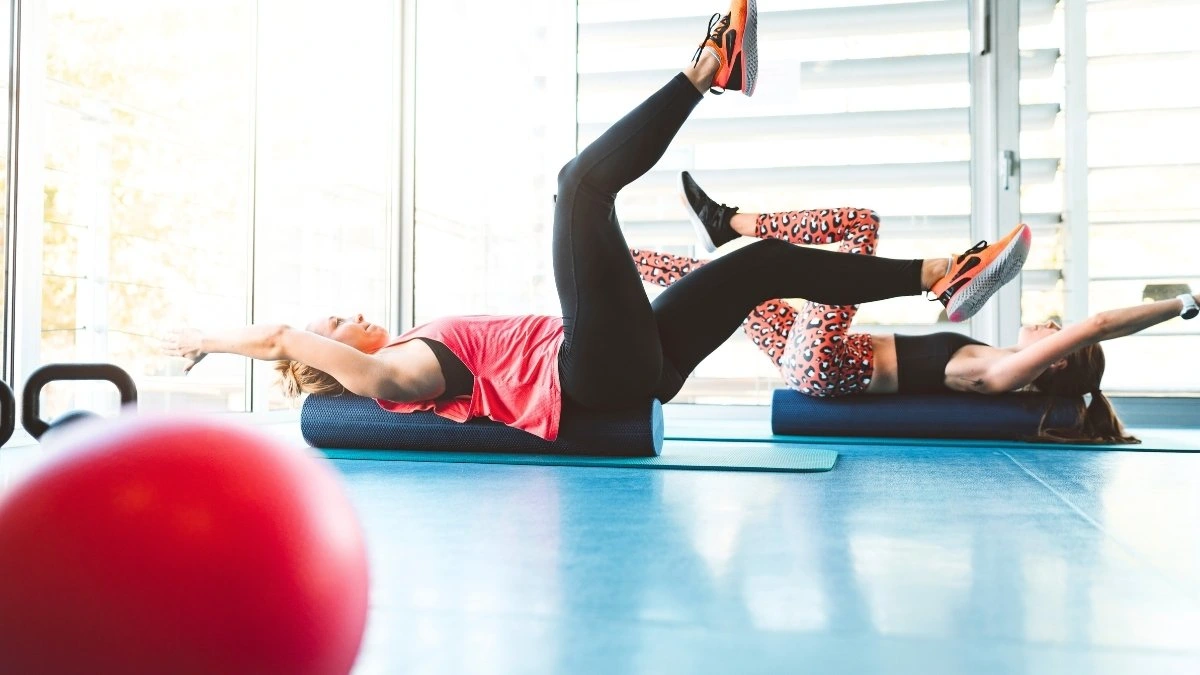
It simultaneously strengthens your deep core muscles while teaching your brain to maintain neutral spine positioning during movement. This exercise requires zero equipment and can be performed anywhere,
making it accessible for busy professionals who struggle to maintain consistent workout routines. Studies demonstrate that consistent dead bug practice reduces back pain by 60% within eight weeks while improving posture markers that typically deteriorate after 40.
The Biomechanics Breakdown: How Dead Bugs Target Root Causes
Dead bugs activate your transverse abdominis, the deepest abdominal muscle that acts like a natural corset around your spine. This exercise forces opposite limbs to work together while maintaining spinal neutrality, mimicking real-world movement patterns your body uses daily.
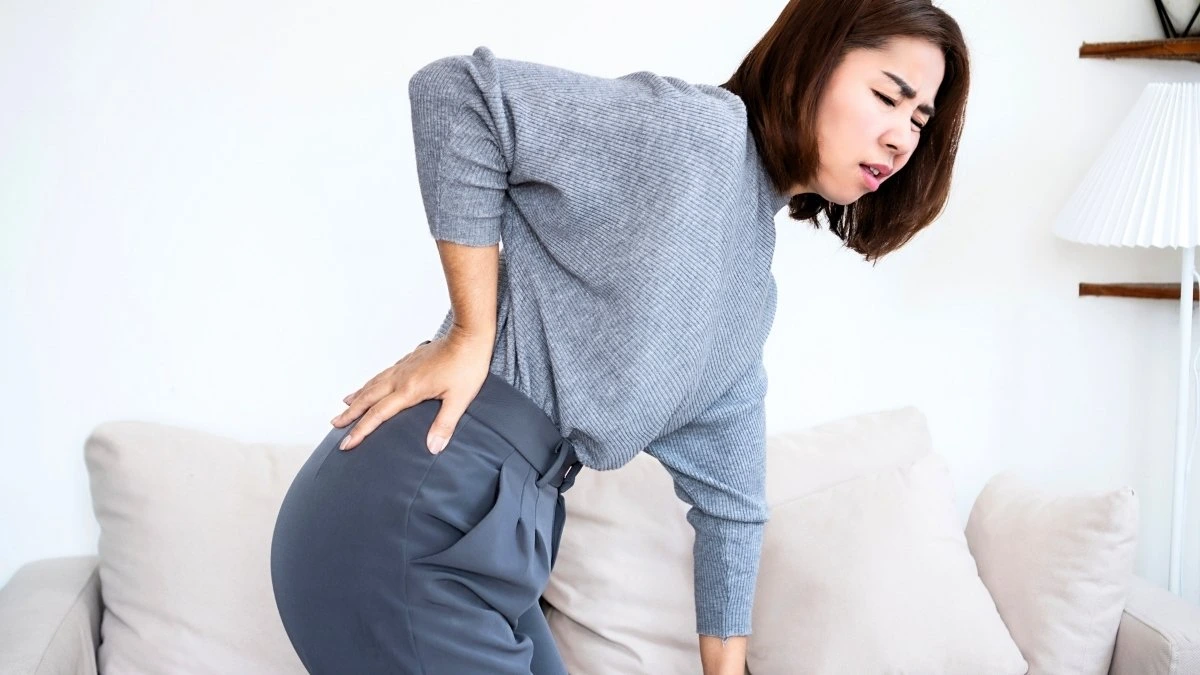
The controlled limb movements challenge your vestibular system and proprioception, rebuilding the mind-muscle connection that deteriorates with age and sedentary living.
By maintaining contact between your lower back and the floor throughout the movement, you’re literally retraining your nervous system to protect your spine automatically. The exercise also strengthens your diaphragm’s stabilizing function, improving both breathing efficiency and core support simultaneously.
Step-by-Step Dead Bug Execution
Lie on your back with arms extended toward the ceiling and knees bent at 90 degrees, creating tabletop position with your thighs. Press your lower back firmly into the floor and maintain this contact throughout the entire movement.
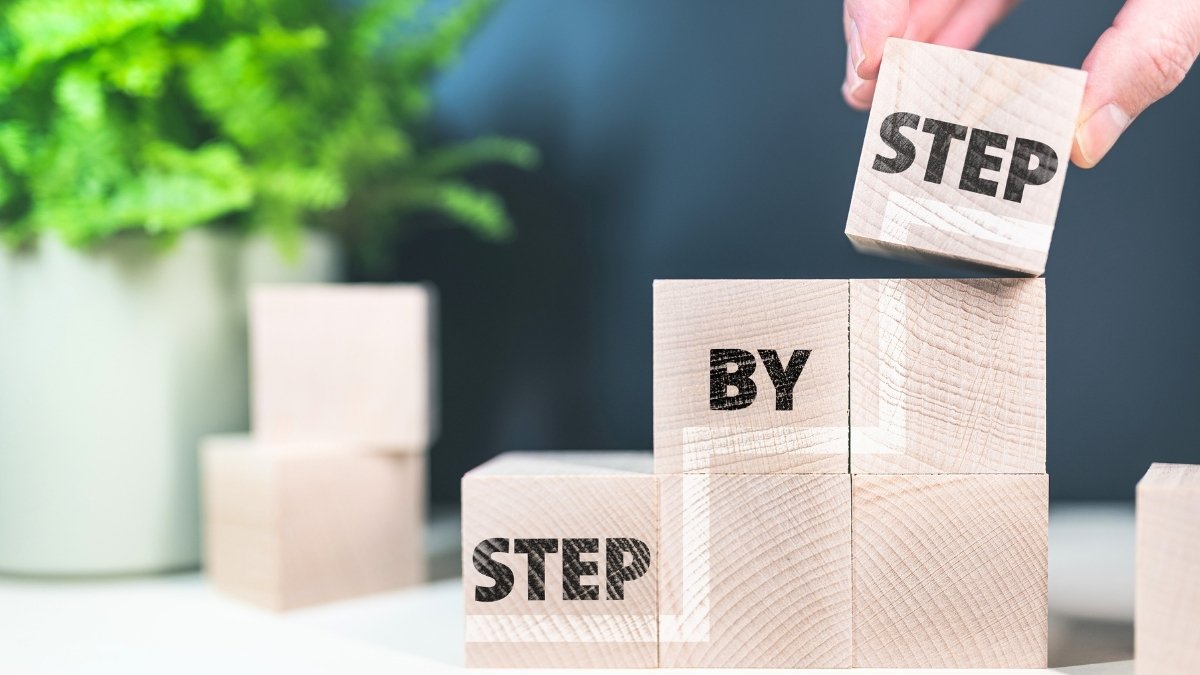
Slowly lower your right arm overhead while simultaneously extending your left leg until both nearly touch the ground. Breathe out as you move your limbs away from center, engaging your core to prevent your back from arching.
Return to starting position with control, then repeat with opposite arm and leg. Keep movements slow and deliberate, taking 3-4 seconds for each direction, focusing on stability rather than speed or range of motion.
Why Traditional Ab Exercises Fail After 40 (And Dead Bugs Don’t)
Sit-ups and crunches actually worsen forward head posture by repeatedly flexing your spine into the hunched position you’re trying to escape. These exercises ignore your deep stabilizing muscles while overworking superficial abs, creating muscle imbalances that increase back pain risk.
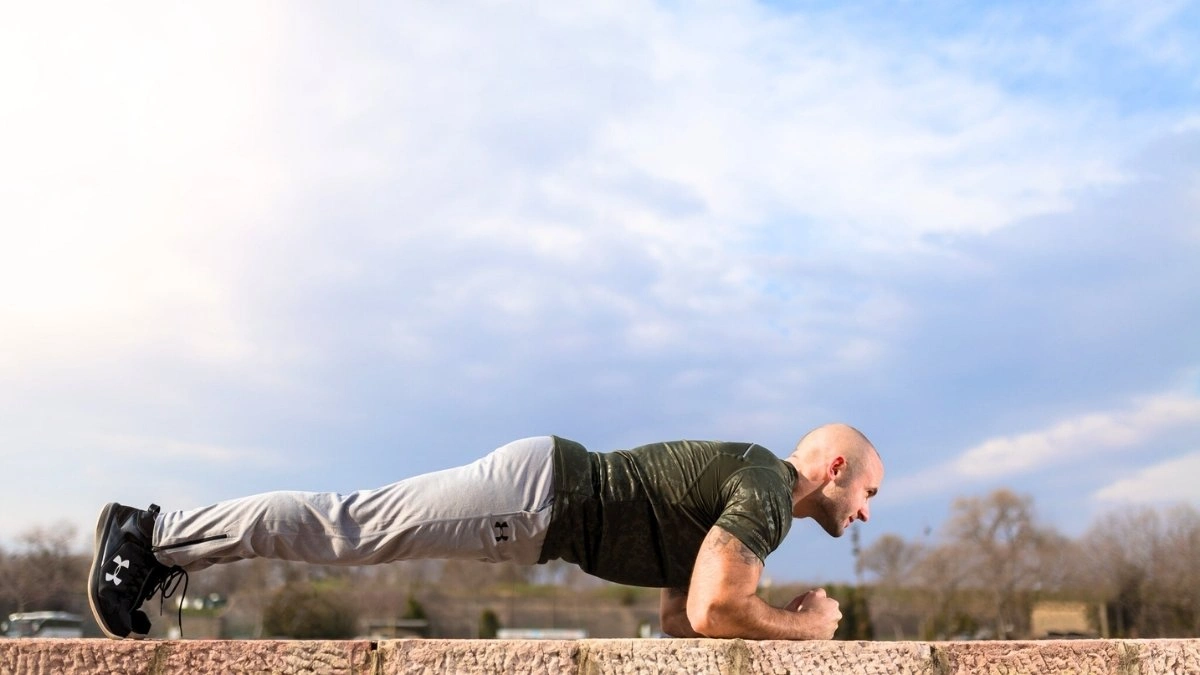
Planks become counterproductive after 40 because most people compensate with their shoulders and hip flexors rather than engaging true core stability. Traditional ab work trains your body to move in isolation, but real life requires coordinated movement patterns that these exercises completely miss.
Dead bugs address the fundamental issue by training anti-movement rather than movement, teaching your core to resist unwanted motion while allowing controlled mobility.
The Hormonal Connection: How Core Stability Affects Aging Hormones
Strong core stability directly influences growth hormone production, which naturally declines by 50% every seven years after age 30. When your deep abdominal muscles function properly, they support optimal breathing patterns that activate your parasympathetic nervous system, naturally reducing cortisol levels.
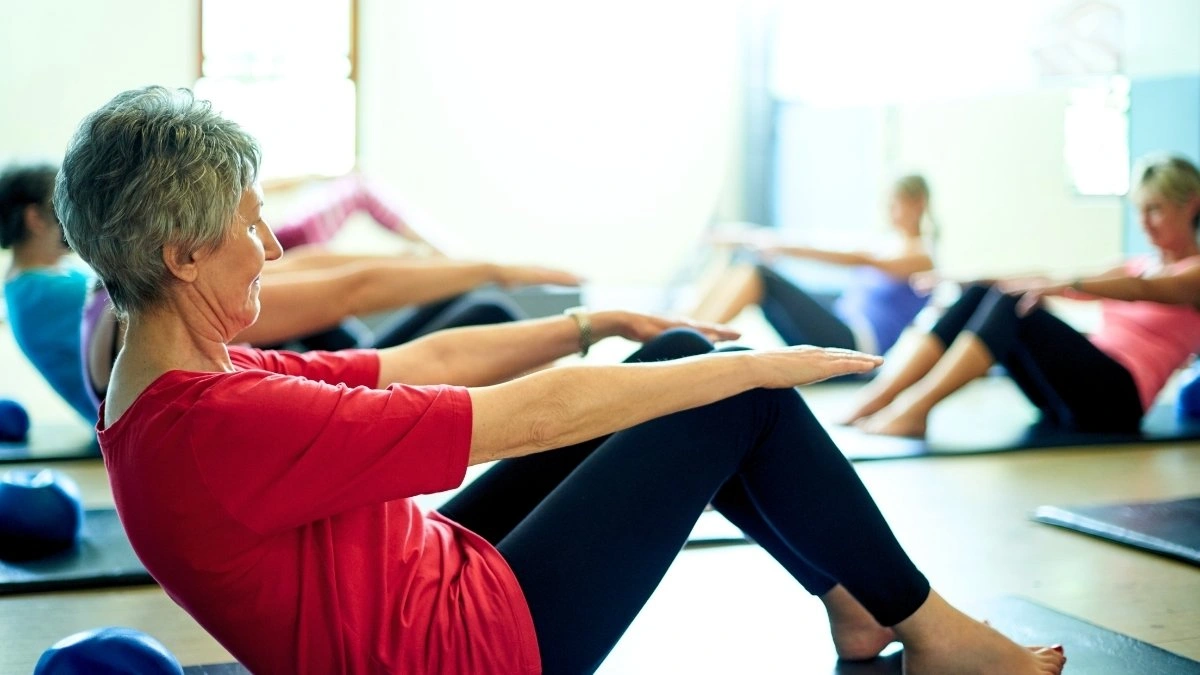
Poor posture from weak core muscles creates chronic low-grade inflammation, suppressing testosterone and thyroid hormone production while accelerating bone density loss.
Research indicates that improved spinal alignment through core strengthening can increase growth hormone release by up to 200% during sleep cycles. Better core stability also enhances insulin sensitivity, helping your body manage blood sugar more effectively and reducing age-related weight gain around the midsection.
Progressive Variations: From Beginner to Advanced Dead Bug Mastery
Start with single-limb movements, extending only your arm or leg while keeping the opposite limbs stationary on the ground. Once you can maintain lower back contact for 30 seconds per side, progress to opposite arm and leg extensions with small ranges of motion.
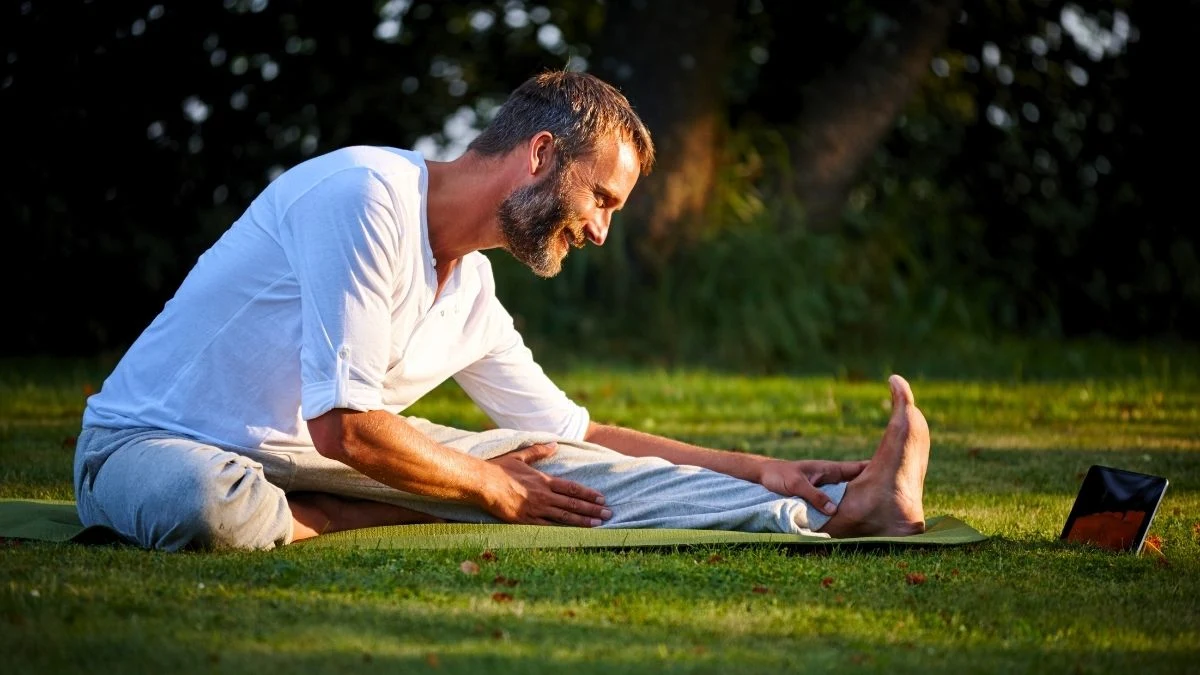
Advanced practitioners can add resistance bands around their feet or hold light weights to increase the challenge without compromising form. Try the “dead bug march” by alternating legs in a walking pattern while keeping your arms stationary overhead.
The ultimate progression involves performing the exercise on an unstable surface like a foam pad, forcing your entire core system to work overtime for stability.
The 5-Minute Daily Protocol: Maximum Results, Minimum Time
Begin with 30 seconds of basic breathing while lying in starting position, focusing on maintaining lower back contact with the floor. Perform 5 repetitions of single-arm reaches, then 5 single-leg extensions on each side, holding each position for 3 seconds.
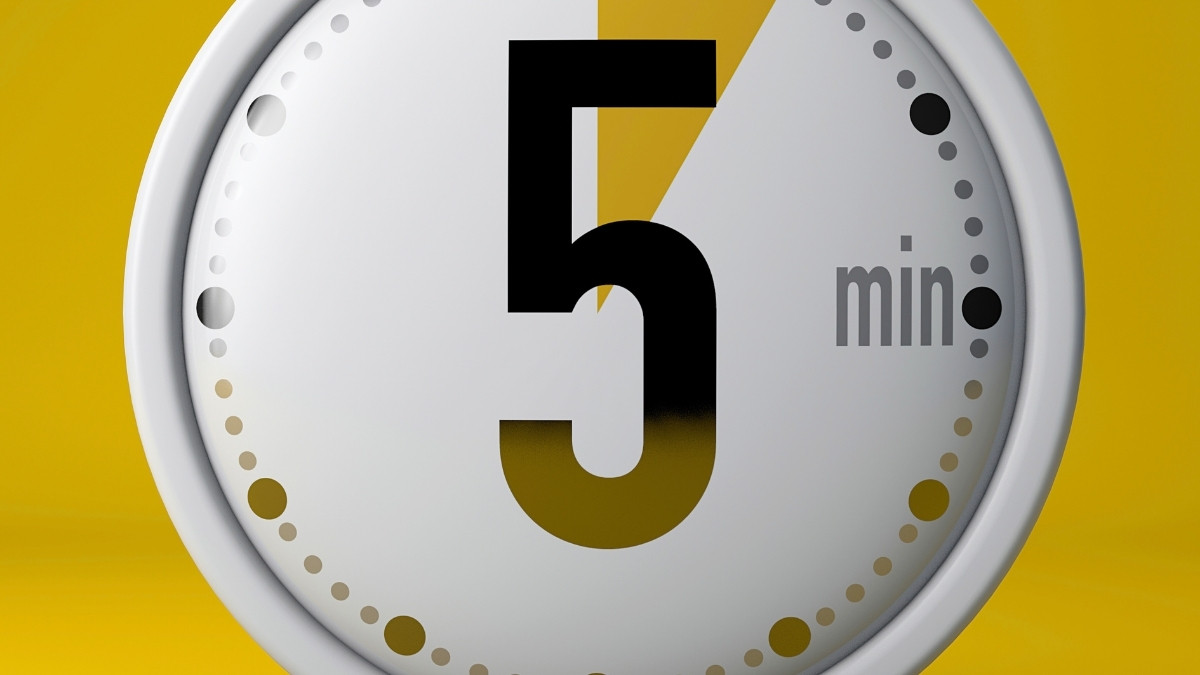
Progress to 8 opposite arm and leg combinations per side, moving slowly and resetting your position between each repetition. Finish with 30 seconds of the starting position again, concentrating on deep breathing and core engagement.
This protocol takes exactly 5 minutes and can be performed morning or evening, requiring only enough floor space to lie down comfortably.
Real Results: What to Expect Week by Week
Week 1 brings improved body awareness as you learn to feel the difference between engaged and relaxed core muscles. By week 2, most people notice reduced morning stiffness and easier transitions from sitting to standing throughout the day.

Week 3 typically shows measurable improvements in posture, with shoulders naturally sitting further back and less neck tension. Month 2 brings significant back pain reduction, with many reporting their first pain-free days in years.
After 8 weeks of consistent practice, expect noticeable changes in your overall energy levels and confidence in movement patterns.
Common Mistakes That Sabotage Your Progress
Rushing through movements destroys the neurological benefits that make this exercise so effective for long-term back health. Many people lose lower back contact with the floor, which eliminates the core stabilization challenge and reduces effectiveness by 70%.

Holding your breath during the movement prevents proper core activation and creates unnecessary tension in your neck and shoulders. Moving your limbs too far from your body before mastering the basic range of motion leads to compensation patterns that reinforce bad movement habits.
Skipping the reset between repetitions prevents your nervous system from learning the proper stabilization sequence.
Beyond Back Pain: The Surprising Anti-Aging Benefits You’ll Notice
Better core stability dramatically improves sleep quality by reducing nighttime tossing and turning caused by uncomfortable spinal positions. Your digestive system functions more efficiently when proper posture allows optimal organ positioning and reduces internal pressure on your stomach and intestines.

Increased confidence emerges naturally as chronic pain subsides and you regain trust in your body’s ability to move without fear of injury. Energy levels spike because your body no longer wastes resources compensating for poor posture and weak stabilization patterns.
Mental clarity improves as better spinal alignment enhances blood flow to your brain and reduces the cognitive load of managing chronic discomfort.
Conclusion:
As you hit 40 and beyond, one exercise rises above all others as your best daily investment: regular movement that combines strength, flexibility, and mobility, especially targeting the core, hips, back, and spine.

By doing even simple but consistent exercises — like walking, hip and back stretches, gentle rotations, and strength-moves for the posterior chain — you can stave off back pain, preserve joint range, slow muscle loss, and improve posture. These practices also help slow down many age-related declines — less stiffness, lower risk of falls, better balance, more resilience.
It isn’t about brutal workouts, but about consistency: doing something every day that supports your body’s structure. Over time, these small daily efforts add up; they become the foundation for better health, more comfort, and more vitality as you age.


